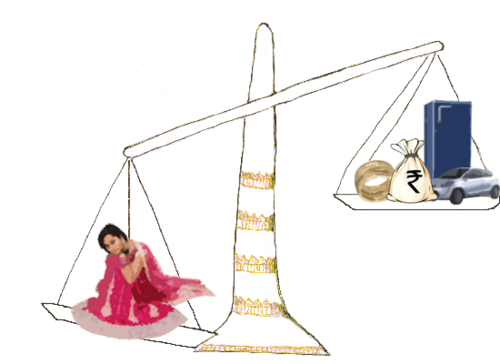Does Dowry Improve Life for Brides?
Some recent economic writings suggest that dowry functions as a bequest or pre-mortem inheritance, implying it persists because it is “good for the bride.” This paper explores the association between dowry and the prevalence of domestic abuse to test the bequest theory of dowry, using panel data from an adolescent study in rural Bangladesh. Contrary to the prediction of the bequest theory, married females who paid dowry at marriage have a higher likelihood of reporting domestic violence compared to those who did not.
In recent years, dowry levels have risen to previously unforeseen levels. Among Hindus in north India dowry can amount to three or four times a family’s total assets. Among Muslims in Bangladesh and Hindus in south India, dowry has become commonplace whereas the practice did not exist a generation ago. The institution of dowry has been widely criticized, socially maligned, and legally banned. In addition, the relation between dowry and abuse is highly level-specific: respondents who paid small dowries report much higher levels of abuse than those who paid large dowries. In fact, paying no dowry is just as protective, if not more so, in terms of preventing abuse as the largest dowry payments.
Reference:
Suran, L., Amin, S., Huq, L., & Chowdury, K. (2004). Does dowry improve life for brides? A test of the bequest theory of dowry in rural Bangladesh.
http://www.popline.org/node/240586
Photo Reference: http://pranavthepp.tumblr.com/post/109237306602/enigma-of-indian-society


